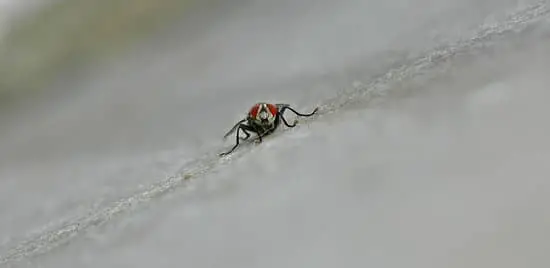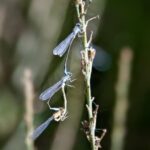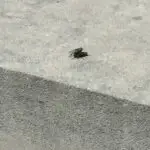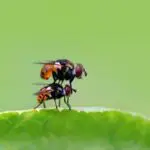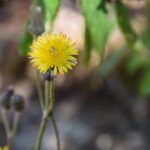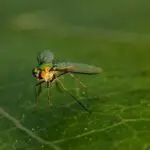What Are Flies in the Winter?
Flies in the winter are common indoor pests, but you can’t always see them. Most common species of flies cope with the cold season in a variety of ways. For instance, “filth” flies will stay in garbage all year and lay eggs there to retain heat. Other types of flies, like face flies and cluster flies, lay eggs in warm areas during the fall, hatching them throughout the winter. Some larger species also go into a “diapause” state, which means that they aren’t active during the winter.
During winter, metabolic activity in flies decreases dramatically. While this is enough to keep them alive, flies stop growing and developing during this time. Some species of flies, like cluster flies, even hibernate. In the spring, however, they resume their activity and lay eggs on decaying materials.
If you’re not sure what species of flies are most troublesome, you can try sealing up cracks and gaps in your home. This will trap the cluster flies inside the walls, and prevent them from leaving through the original access point. Once the warmer spring months come around, cluster flies will leave your house – but not necessarily through the same access point.
There are many different types of flies in the winter. There are craneflies, blue bottle flies, and black blow flies. The blue bottle flies are very similar to cluster flies, but they lack the golden hairs on their bodies. They also have a metallic blue abdomen.
